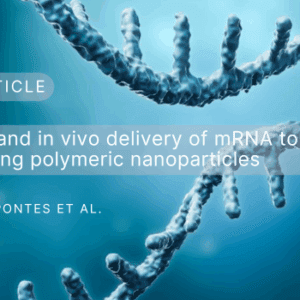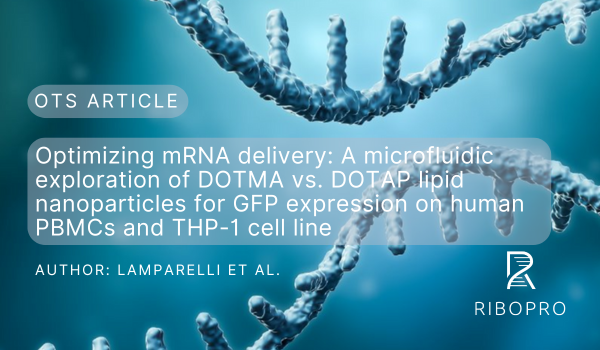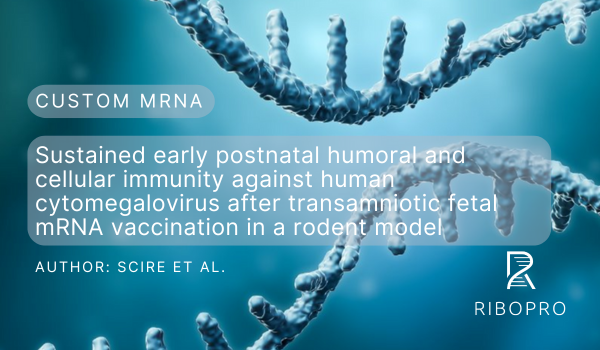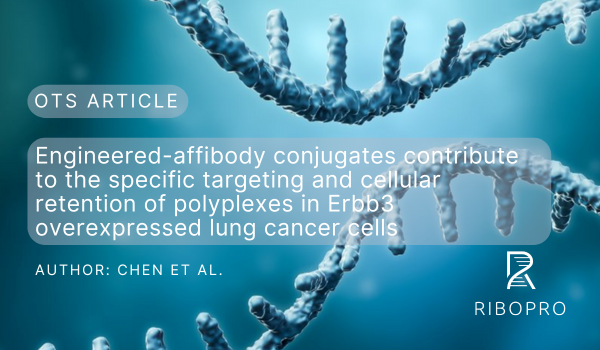Authors
Adriano P. Pontes, Jaqueline Lourdes Rios, Mattie Rijker, Kelly Warmink, Shreya Gudi, Francisco Conceição, Björn Meij, Tim J.M. Welting, Liliana Moreira Teixeira, Jaap Rip, Laura B. Creemers
Keywords
mRNA delivery, Chondrocyte, Organ-on-chip, Knee Joint, Osteoarthritis, OTS mRNA
DOI
https://doi.org/10.1016/j.actbio.2025.06.039
Journal: Acta Biomaterialia
PMID: 40570942
Abstract
Osteoarthritis (OA) is a progressive and degenerative disease of the joints, characterized by inflammation and loss of cartilage. Recently, mRNA therapies have emerged as promising disease-modifying treatments for cartilage repair and regeneration. Poly(amidoamine)-based polymeric nanoparticles (PAA-based NPs) were previously developed for intracellular mRNA delivery in chondrocytes, showing high biocompatibility and transfection efficiency. In this work, we aimed to evaluate this delivery system in models simulating the complex joint environment and in vivo in rat knee joints. For this purpose, cationic uncoated NPs and neutral PEG-coated NPs were formulated to test mRNA delivery in different models: (1) a 2D culture of chondrocytes supplemented with synthetic synovial fluid, (2) a cartilage-on-chip platform, (3) an ex vivo culture of mouse knee joints, and (4) an in vivo OA rat model. In the presence of synovial fluid, the PEG-coated NPs showed favorable physicochemical properties, higher cell uptake and equivalent GFP expression as uncoated NPs in the 2D cell culture. Similar observations were made using the cartilage-on-chip platform. In contrast, both NPs appeared to display cartilage penetration and uptake by tissue-resident chondrocytes in ex vivo joint culture. Upon intra-articular administration in vivo, the PAA-based NPs did not affect cartilage integrity in healthy nor OA rat knee joints, although enhanced synovial inflammation was observed. Uncoated NPs showed prolonged retention compared to PEG-coated NPs and higher luciferase expression in OA knee joints than in healthy joints of rats, whereas no difference was found for coated NPs. These results suggest that electrostatic interactions between cationic NPs and the anionic components of the extracellular matrix play a significant role in mRNA delivery to the articular cartilage, and that disease status may affect delivery of nucleic acids dependent on NP properties. In conclusion, PAA-based NPs are a promising platform for intra-articular mRNA delivery in the joints.



